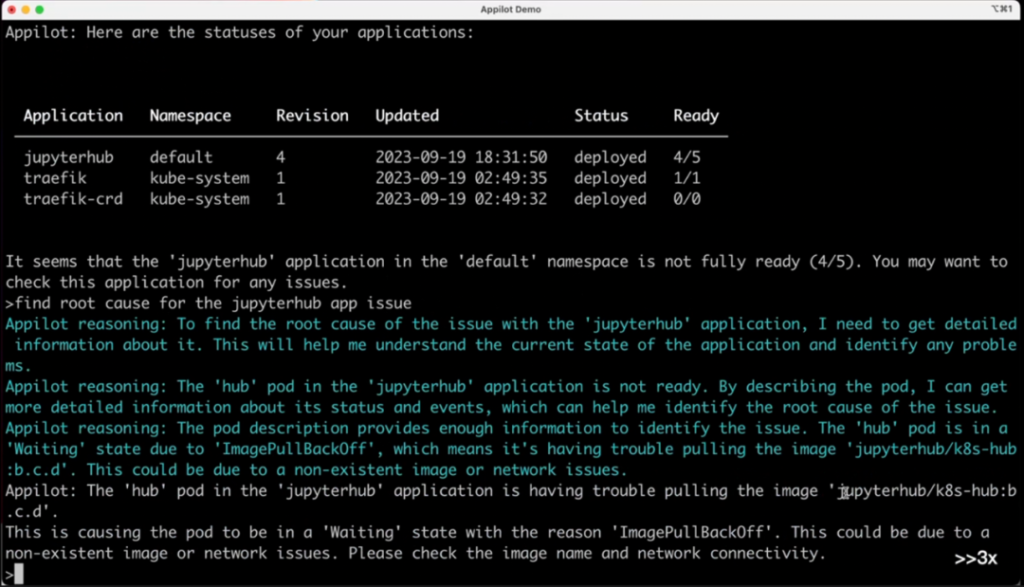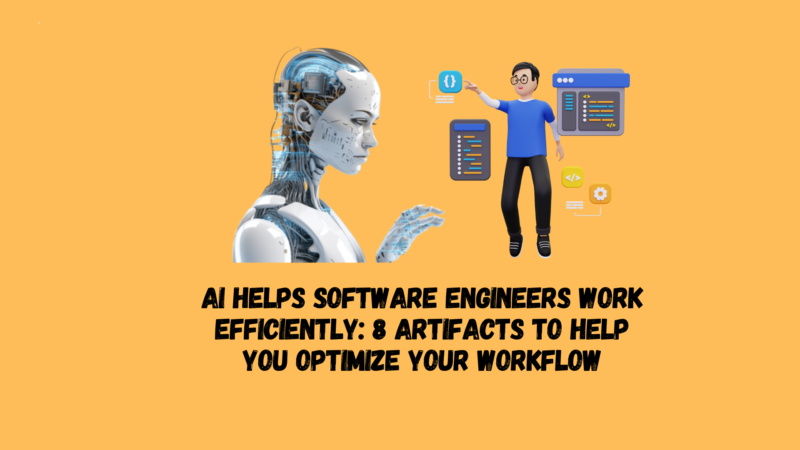Table of Contents Show
With the continuous development of artificial intelligence technology, AI tools have shown strong application potential in the field of software engineering. Making good use of AI tools can eliminate burnout caused by tedious tasks, help software engineers better communicate ideas, and complete higher-quality work. We can apply AI in various ways in the field of software engineering, such as delivery, development, QA and testing, DevOps, improving productivity, etc.
This article will introduce you to 8 AI tools that not only improve programmer productivity, but also help optimize workflow.
Mintlify Writer
Mintlify Writer solves one of the most overlooked yet critical issues in software development: documentation. The tool automates the tedious task of documenting code, generating comprehensive, context-aware documentation rather than treating documentation as an afterthought, allowing software engineers to focus on writing code.

Practical functions
- One-click documentation: Generate comprehensive documentation instantly.
- Extensive language support: Compatible with multiple programming languages.
- Context-aware: The algorithm generates relevant descriptions to simplify the document writing process.
- Compatible with VSCode and IntelliJ
For complex projects, keeping documentation up to date is crucial. Mintlify Writer lets users focus on what they do best: solving problems through code.
Phind
Phind is a search engine tailored for software engineers, providing professional answers when solving coding problems. Unlike general search engines, Phind saves valuable time by narrowing search results to what is most useful to developers.

Practical functions
- Detailed Answers: Provide insightful responses to your coding queries.
- Related search links: Additional resources that provide supplementary answers.
- Free to use: No subscriptions or hidden fees.
Phind is ideal for software engineers who frequently browse forums or rely on common search engines for coding-related queries. It provides accurate, context-rich responses, saving you time and effort.
AudioPen
AudioPen focuses on voice input and is an alternative to traditional text note-taking applications, turning rambling thoughts into organized notes. Not only can it be transcribed, but it can also transform your scattered thoughts into carefully worded, concise and clear notes.

Practical functions
- Rapid Transcription: Convert speech to text accurately and quickly.
- Summary: Convert rambling ideas into truly meaningful words.
If you have difficulty expressing yourself clearly in one go, this gadget is perfect for you.
Bloop
Bloop is designed to help users understand and navigate code bases. It combines GPT-4 with semantic code search to provide a unique way to explore complex code bases, and integration with GPT-4 enables more intuitive query responses.

Practical functions
- Natural Language Query: Provides code search capabilities using natural language, providing a unique way to find specific code or functions in your code base.
- Code Summary: Generate summaries of complex code segments to help speed up the code understanding and review process.
- Change Staging: Allows immediate follow-up actions on the code base after a search query, helping to make changes or updates quickly.
For software engineers working with large or unfamiliar code bases, Bloop can serve as a valuable aid. It allows for leaner code navigation and provides quick insights into existing patterns and libraries, potentially saving time spent on manual code reviews and searches. However, it’s important to note that Bloop is not a replacement for an integrated development environment, but an additional resource for exploring code.
Otter
If you find yourself spending too much time on meeting summaries and notes, Otter will help you solve that problem. Powered by AI, this tool can transcribe and summarize meeting content, allowing you to focus on more meaningful tasks.

Practical functions
- Artificial Intelligence Conference Summary: Generate a concise summary after the conference.
- Real-time transcribed summaries: Transcribe in real-time to keep information intact during meetings.
- Automatically capture slides: Capture important slides for easy review after the meeting.
Otter is a great AI productivity tool for anyone who frequently attends meetings, whether as an internal team member or an external participant. It saves you time by automating the tedious task of taking meeting notes.
Quillbot
Quillbot is an AI-assisted paraphrasing tool designed to help streamline the writing process by providing paraphrasing solutions. Whether you’re experiencing writer’s block or just want to improve your wording, this tool gives you a quick way to improve the quality and readability of your writing.

Practical functions
- Synonym substitution: Customize word variations as needed.
- AI-driven thesaurus: automatically recommends synonyms and enriches language usage.
- Browser and software integration: Integrates directly into the Chrome browser and Microsoft Word, simplifying the writing process.
If you spend too much time on wording, then Quillbot can help you save time and effectively improve and improve your writing content.
RegexGPT
If you find writing regular expressions intimidating, then RegexGPT is your right friend, helping to simplify the complex task of writing and understanding regular expressions (RegEx). Just enter a string and the expected value and the tool will generate the RegEx for you, reducing manual time.
Here’s what the input form looks like:

and the output:

Practical functions
- Artificial Intelligence Generated Regular Expressions: Automatically create complex regular expressions.
- Natural language prompts: Handy for more complex queries.
RegexGPT is of great help to software engineers who often need regular expressions but find the process cumbersome. It makes creating and understanding RegEx a breeze, saving time and reducing frustration in completing the task.
Appilot
Appilot is an open source AI assistant for DevOps scenarios. It can make full use of the ability of AI large language models to allow users to directly input natural language to further simplify the application deployment and management experience.

Appilot performs inference based on large language models and can run locally on a PC. Users can integrate Appilot into any platform according to their own needs and usage habits, thereby realizing the ability to call the back-end platform by inputting natural language, and easily complete application management, environment management, fault diagnosis, hybrid infrastructure orchestration and other tasks.





![[Solved] Couldn't get current server API group list](https://teckbootcamps.com/wp-content/uploads/2024/09/de-43-380x220.png)
![[Solved] ClusterInformation: connection is unauthorized](https://teckbootcamps.com/wp-content/uploads/2024/09/de-42-380x220.png)